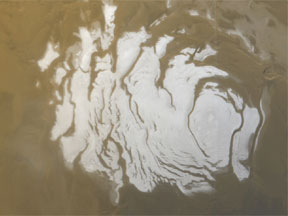This is a picture of the ice cap at the South Pole on Mars. This picture was shot from Mars orbit in 2000 by a spacecraft called Mars Global Surveyor. The white regions are ice. Most of the ice is water ice, but there is also a thinner layer of dry ice (frozen carbon dioxide) on top of the water ice. The ice cap is about 420 km (260 miles) across. It was summer in the southern part of Mars when this picture was taken. In the winter, the area shown in this picture is completely covered by dry ice.
Click on image for full size
Image courtesy of NASA/JPL/Malin Space Science Systems.
The South Pole of Mars
The Mariner 7 spacecraft took the first pictures of the South Pole of Mars. The south polar region is part of the highlands of Mars. The southern highlands of Mars are mostly old, cratered terrain and other interesting geologic features. Some of the features of the south pole are: dunefields, the polar ice cap, layered terrain, places where water may have flowed in the past, and the intended landing site for the Mars '98 mission.
Martian global dust storms, an important feature of the Martian atmosphere, always seem to start in the south polar region. The region is important for understanding the overall climate and weather patterns of Mars.
You might also be interested in:

What types of instructional experiences help K-8 students learn science with understanding? What do science educators teachers, teacher leaders, science specialists, professional development staff, curriculum designers, school administrators need to know to create and support such experiences?
...more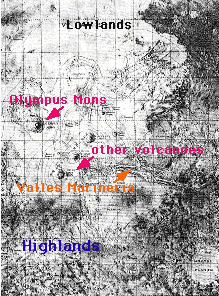
The surface of Mars consists of highlands and lowlands. The highlands are in the southern hemisphere (the bottom of the figure), and the lowlands are in the northern hemisphere of Mars (top of the figure).
...more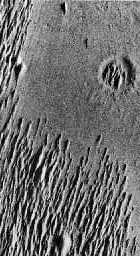
This is an example of the dunefields of Mars. They are located in the southern hemisphere. They are evidence of planetary resurfacing by wind. Sand dunes were also seen at equatorial regions by Mars Pathfinder
...more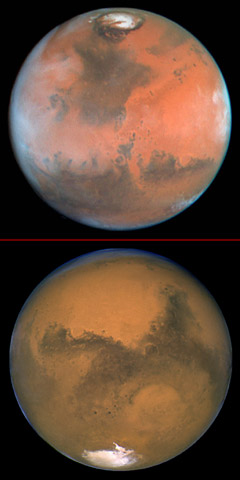
The North and South Poles on Mars are a lot like the polar regions on Earth. They are the coldest places on the planet. The temperatures in the winter can drop to -150° C (about -238° F). Both poles have
...more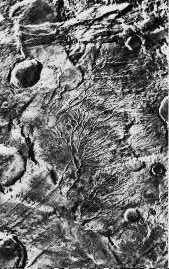
There is plenty of evidence for running water on Mars. But this evidence suggests that the nature of flowing water on Mars is nothing like it's terrestrial counterpart. The evidence is in the form of:
...more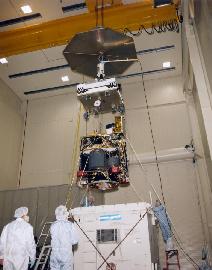
The Mars '98 mission was supposed to study the climate, weather, and surface at the Martian south pole. Mars '98 was to build upon the discoveries of the Mars Pathfinder and Mars Global Surveyor missions
...more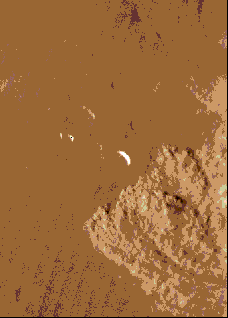
This image shows a local dust storm near the edge of the south polar cap. Viewing of this image at high resolution is recommended. This fascinating image shows dust swirling over a large area. Martian
...more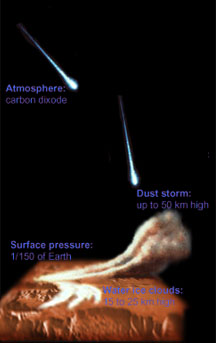
The atmosphere of Mars is much thinner than that of Earth, with a surface pressure averaging 1/100th that at the surface of the Earth. Surface temperatures range from -113oC at the winter pole to 0oC
...more


